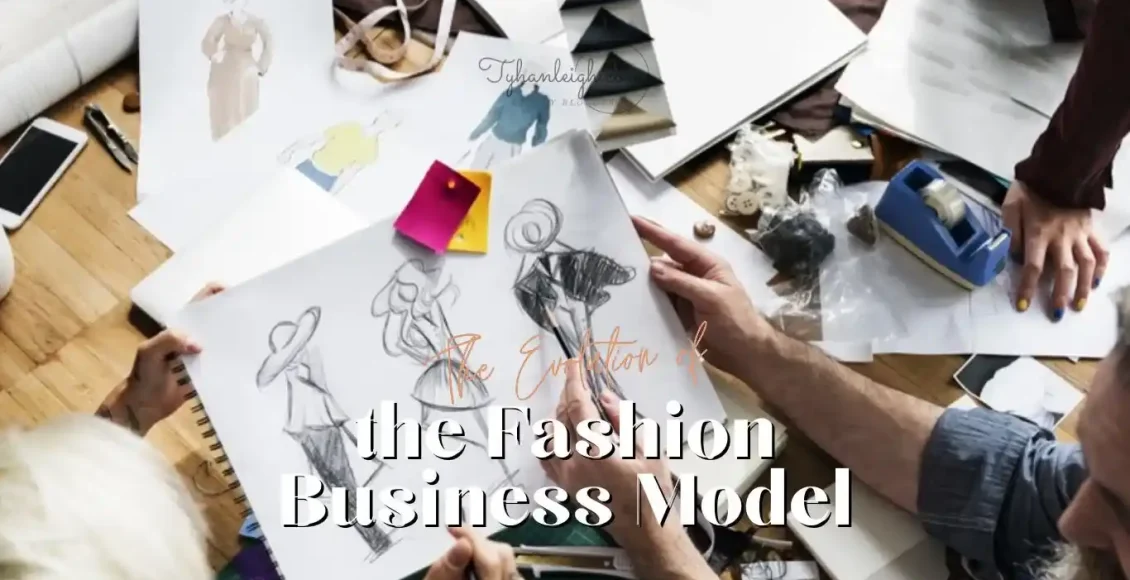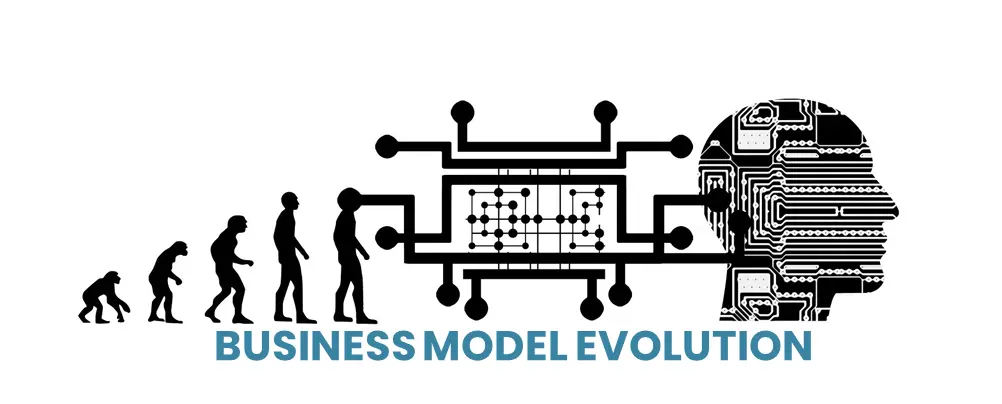Personal Fashion tyhanleigh.com – Introduction: The Changing Landscape of Fashion
In recent years, the fashion industry has experienced a seismic shift. The traditional business model, which relied heavily on seasonal collections and brick-and-mortar stores, is rapidly evolving. This transformation is driven by technological advancements, changing consumer behaviors, and the increasing importance of sustainability. In this article, we will explore the modern fashion business model, dissecting its various components and understanding how brands are adapting to stay relevant.
Understanding the Traditional Fashion Business Model
The Seasonal Collection Cycle
For decades, fashion brands operated on a seasonal collection cycle. This meant producing two main collections per year: Spring/Summer and Fall/Winter. The cycle dictated a predictable timeline for design, production, and retail.
H3: The Role of Fashion Weeks
Fashion weeks in cities like Paris, Milan, New York, and London were pivotal. They served as platforms for designers to showcase their upcoming collections to buyers, journalists, and influencers.
H4: Wholesale and Retail Channels
Traditionally, fashion brands relied on wholesale channels to distribute their products. Retailers would purchase bulk quantities, and brands would focus on maintaining strong relationships with department stores and boutiques.
The Digital Revolution in Fashion
E-commerce and Direct-to-Consumer Models
The rise of the internet revolutionized how fashion brands interact with consumers. E-commerce platforms allowed brands to sell directly to consumers, bypassing traditional retail channels.
The Impact of Social Media
Social media platforms like Instagram, Facebook, and TikTok have become crucial marketing tools. They allow brands to engage with consumers in real-time, creating a direct line of communication and feedback.
Influencer Marketing
Influencers play a significant role in modern fashion marketing. Their ability to reach and engage large audiences makes them valuable partners for brands looking to boost visibility and credibility.
The Rise of Fast Fashion
Speed and Agility
Fast fashion brands like Zara and H&M have redefined the industry with their ability to quickly produce and distribute new styles. This agility allows them to respond rapidly to changing trends.
Affordable Pricing
Fast fashion’s business model focuses on providing trendy clothing at affordable prices. This approach has made fashion accessible to a broader audience but has also raised concerns about sustainability and ethical production practices.
Environmental and Ethical Concerns
The fast fashion model faces criticism for its environmental impact and labor practices. Brands are increasingly pressured to adopt more sustainable and ethical practices.
Sustainable Fashion: The New Frontier
The Importance of Sustainability
Consumers are becoming more conscious of the environmental and social impact of their purchases. This shift is driving the demand for sustainable fashion.
Eco-friendly Materials and Processes
Brands are exploring eco-friendly materials like organic cotton, recycled fabrics, and innovative materials such as mushroom leather. Sustainable production processes, including water-saving techniques and zero-waste designs, are also gaining traction.
Circular Fashion Economy
The circular economy aims to minimize waste by keeping products and materials in use for as long as possible. Practices such as recycling, upcycling, and clothing rental services are part of this model.
Other articles:
Technology and Innovation in Fashion
Artificial Intelligence and Big Data
AI and big data are transforming the fashion industry. They help brands predict trends, manage inventory, and personalize customer experiences.
Virtual Reality and Augmented Reality
VR and AR technologies offer immersive shopping experiences. Virtual fitting rooms and augmented reality apps allow customers to try on clothes virtually, enhancing the online shopping experience.
3D Printing
3D printing is revolutionizing production by enabling on-demand manufacturing. This technology reduces waste and allows for customization, offering a glimpse into the future of fashion.
The Role of Fashion Tech Startups
Innovating the Supply Chain
Fashion tech startups are innovating every aspect of the supply chain, from sustainable sourcing to efficient logistics. These startups are crucial in driving industry-wide change.
Enhancing Customer Experience
Startups are also focusing on enhancing the customer experience through personalized shopping, AI-driven recommendations, and seamless omnichannel experiences.
The Future of the Fashion Business Model
Integrating Sustainability and Technology
The future of fashion lies in the integration of sustainability and technology. Brands that can seamlessly combine these elements will lead the industry.
Adapting to Consumer Demands
Consumer preferences are evolving, with a growing emphasis on sustainability, transparency, and personalization. Brands must adapt to these demands to remain competitive.
Building a Resilient Business Model
To thrive in the future, fashion brands need to build resilient business models that can withstand economic fluctuations, supply chain disruptions, and changing consumer behaviors.
Conclusion: Embracing Change in the Fashion Industry
The fashion business model is in a state of constant evolution. To succeed in this dynamic environment, brands must embrace change, leverage technology, and commit to sustainability. By doing so, they can build a future-proof business model that meets the needs of modern consumers and contributes to a more sustainable world.
FAQs
Q1: What is the traditional fashion business model?
The traditional fashion business model relied on seasonal collections, fashion weeks, and wholesale distribution channels.
Q2: How has e-commerce changed the fashion industry?
E-commerce has allowed fashion brands to sell directly to consumers, bypassing traditional retail channels and creating new marketing opportunities.
Q3: What is fast fashion, and why is it controversial?
Fast fashion focuses on quickly producing trendy clothing at affordable prices. It is controversial due to its environmental impact and ethical concerns.
Q4: How are brands incorporating sustainability into their business models?
Brands are using eco-friendly materials, adopting sustainable production processes, and embracing the circular fashion economy to reduce waste.
Q5: What role does technology play in the future of fashion?
Technology, including AI, AR/VR, and 3D printing, is transforming fashion by enhancing customer experiences, optimizing supply chains, and enabling sustainable practices.



